Carbon Emission Regulations Relaxed, Offering European Carmakers Respite Amidst Internal and External Challenges
![]() 03/17 2025
03/17 2025
![]() 563
563
Lead
Signs of relaxation in the new carbon emission regulations, initially scheduled to take effect on January 1, 2025, are becoming evident. The Damocles' sword hanging over European automakers has been temporarily lifted, yet the challenges they face remain significant.
Produced by|Heyan Yueche Studio
Written by|Zhang Dachuan
Edited by|He Zi
Total Words: 2589
Reading Time: 4 Minutes
European automakers, amidst a trough, are catching a much-needed breath.
Recently, European Commission President Ursula von der Leyen hinted that the Commission will propose extending the deadline for meeting the new carbon emission regulations by three years. Instead of requiring companies to meet the target by 2025, the proposal suggests averaging automakers' emissions from 2025 to 2027. As early as last November, seven EU countries, including Italy, the Czech Republic, and Poland, jointly urged the EU to waive fines for exceeding carbon emission limits. With fuel vehicles still dominant in the European market, this proposal is likely to gain approval. Upon the release of this news, share prices of European automakers like Volkswagen, Renault, and BMW, which have a significant share of fuel vehicle sales, surged.
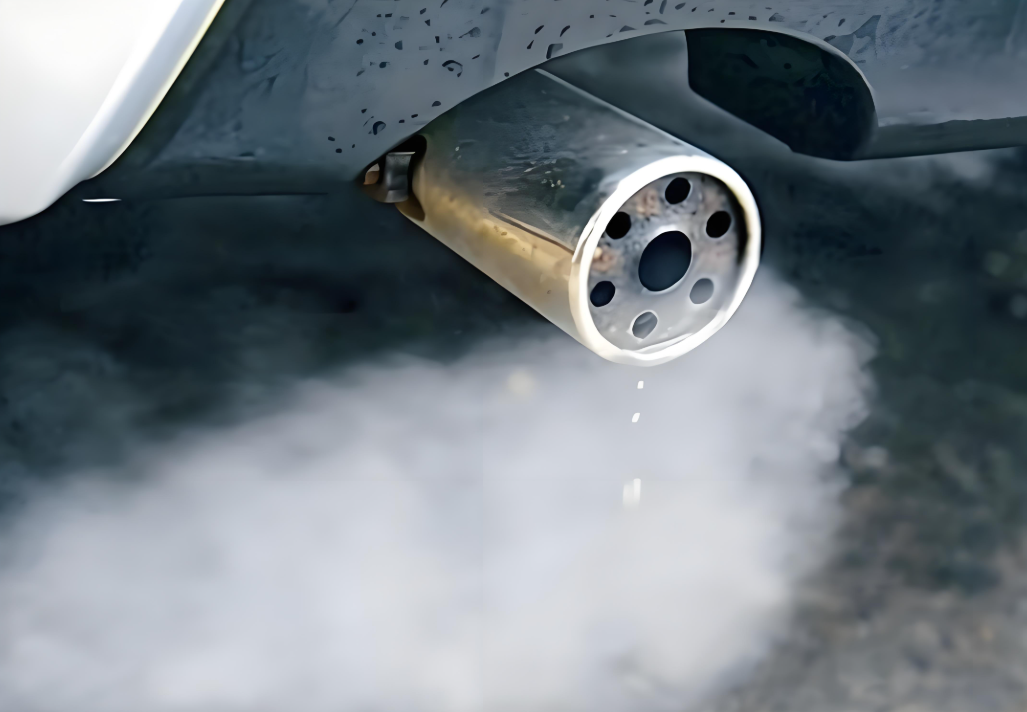
△The EU plans to shift the new emission regulations set for this year to a three-year average score, providing European automakers with a buffer period
New Regulations Offer Limited Relief for Electric Vehicles
The stringent requirements of the new emission regulations, which send shivers down automakers' spines, are extremely harsh, making it difficult for fuel vehicles to comply.
According to relevant data, the EU's requirement for carbon dioxide emissions from passenger cars in 2021 was 116 grams per kilometer, equivalent to a fuel consumption of 4.3L/100km. The average carbon dioxide emissions per kilometer under the new regulations, originally scheduled to take effect this year, are only 93.6 grams, corresponding to less than 3.5L/100km. This fuel consumption level is challenging even for long-range plug-in hybrid models in China, let alone Japanese models renowned for their efficiency. For instance, the official power consumption of the BYD Han DM-i when the battery is low is 3.8L/100km. European fuel vehicles are far from achieving this benchmark.
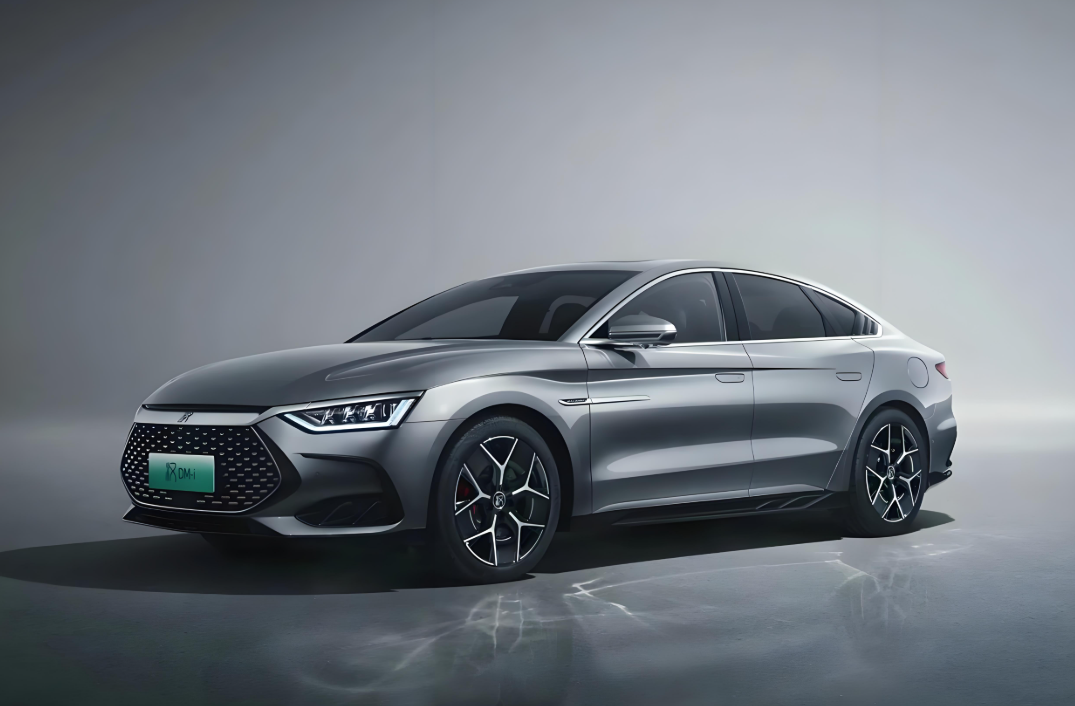
△Almost all fuel vehicles fall short of meeting the EU's new emission regulations
To meet this target, European traditional automakers need to sell a substantial number of electric vehicles to reduce their average emissions. However, most electric vehicles currently on the European market are priced significantly higher than fuel vehicles of the same level. Without substantial government subsidies, sales prospects are bleak. Entry-level and affordable electric vehicle models are mostly still in the research and development phase. The Volkswagen ID.2, with an expected price of 25,000 euros, may not be available until 2026, and there's no sign of the even cheaper Volkswagen ID.1 priced at 20,000 euros. The Dacia Spring, designed and produced in China, is currently being redesigned by Renault with a target price of around 18,000 euros. Therefore, in the short term, most European automakers selling fuel vehicles can only meet regulatory requirements by purchasing carbon credits.
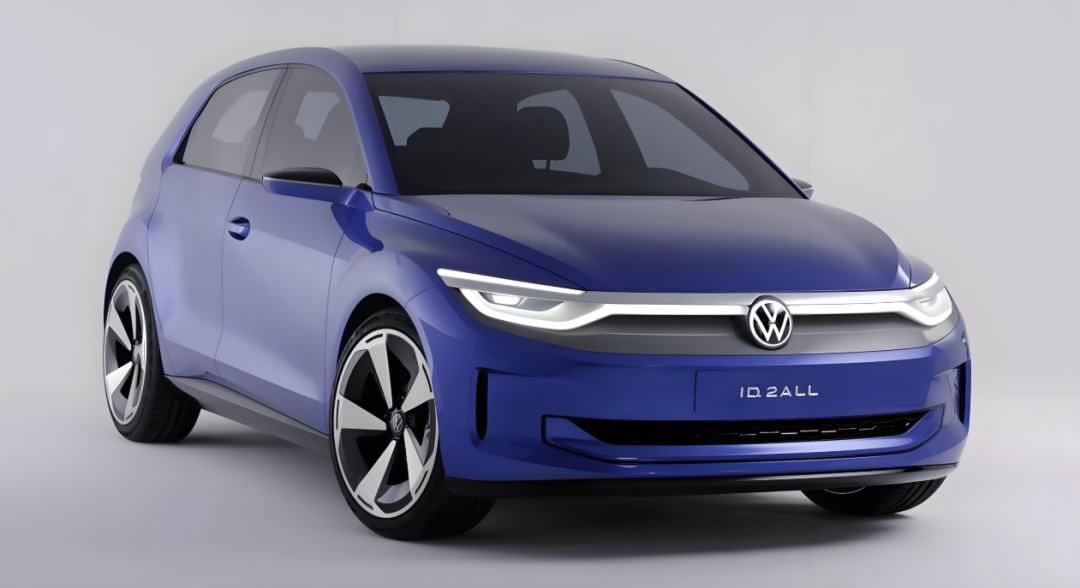
△The Volkswagen ID.2 may not be available until 2026
EU Eases Pressure on European Carmakers Amidst Internal and External Challenges
If automakers fail to reach the sales threshold for electric vehicles, they will face exorbitant fines from the EU. According to EU regulations, the fine for exceeding carbon dioxide emissions for passenger cars is 95 euros per gram. It is reported that the total fines for major European automakers in 2025 could reach 16 billion euros. For European automakers already struggling, this could be the final straw. Currently, European automakers are grappling with internal and external challenges:
On one hand, the wave of new energy and intelligent connectivity in the automotive industry is sweeping the globe. Upstart companies, represented by Tesla and a group of Chinese automakers, are rapidly widening the gap with traditional multinational automakers. They are not only venturing into the traditional territories of European automakers in the global market but are also aggressively entering the European market, beginning to shake the foundations of European automakers. Hence, whether it's luxury brands like BBA or high-volume automakers like Volkswagen, Stellantis, and Renault, they all need to invest heavily in forward-looking technology research and development to complete their transformation.
On the other hand, at the end of February, Trump spoke at the White House and announced that he would impose a 25% tariff on products from the European Union. Trump added that the tariffs would target automobiles and other goods, with more details to be announced later. Undoubtedly, automobiles have become a top priority for Trump to address the trade deficit with the EU. As a pillar industry of the EU, the automotive industry contributes significantly to GDP and job creation. If US demand for cars made in the EU weakens significantly under tariff pressure, the prospects for economic recovery in the EU will be dimmed.
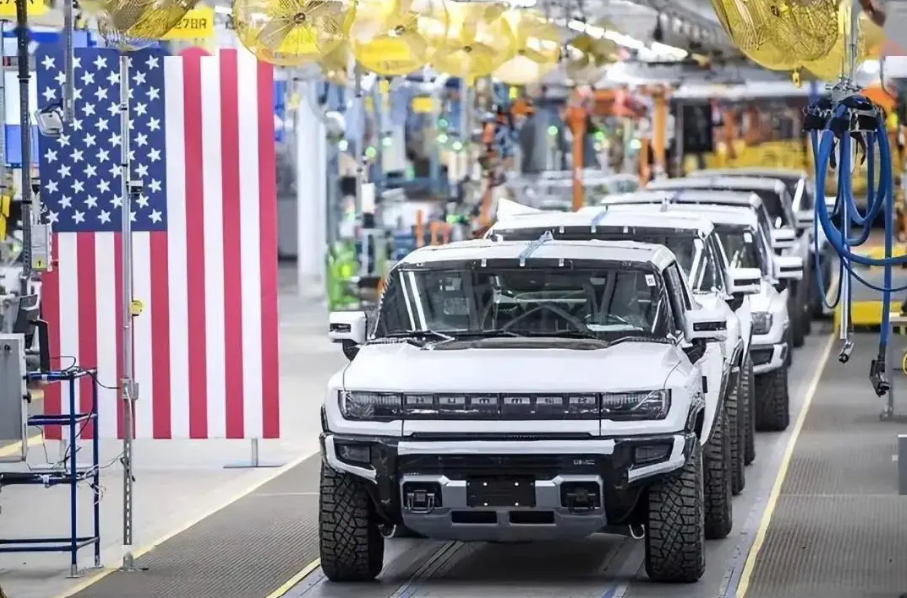
△Trump plans to impose a 25% tariff on cars exported to Europe
Due to the bleak outlook, Porsche, Skoda, and Cariad under Volkswagen have announced new rounds of layoffs. For companies that haven't announced layoffs, they will also be cautious about future business expansion. At this juncture, the EU may prioritize stabilizing employment and ensuring the economic foundation is not breached, rather than pursuing the so-called green transformation.
Impact of Delayed Emission Policy
Although the delay in the new emission regulations has caused celebration among many automakers, not everyone is pleased. While many European local automakers are elated, there are naturally those who are dissatisfied. Similar to the situation in China, two carbon credit "trading pools" have already formed in Europe. One group includes five automakers such as Stellantis, Ford, and Toyota, which purchase carbon emission credits from Tesla. The other group includes Mercedes-Benz and Smart, which primarily purchase credits from Volvo and Polestar. With the EU relaxing regulations, high profits from carbon trading will also be hard to sustain.
In the first two months of this year, Tesla's sales in Europe have declined significantly due to various adverse factors. Without the revenue from carbon credit trading, its prospects are likely to be even gloomier. In 2024, Tesla earned $2.76 billion globally from selling carbon credits alone. As for Volvo, it has previously faced immense pressure to invest heavily in completing its electrification transformation. Just as the harvest season approached, the sudden policy change left a bitter taste.
Of course, Chinese automakers are also affected. If the EU's carbon emission requirements were implemented, undoubtedly, a group of Chinese automakers focusing on electric vehicles could sell carbon credits to EU local automakers that fail to meet the requirements, which would be a substantial source of income and might even offset the impact of tariff increases. However, with the adjustment in EU policies, EU automakers will not need to purchase carbon credits for three years. Consequently, the price of carbon credits is unlikely to rise significantly.
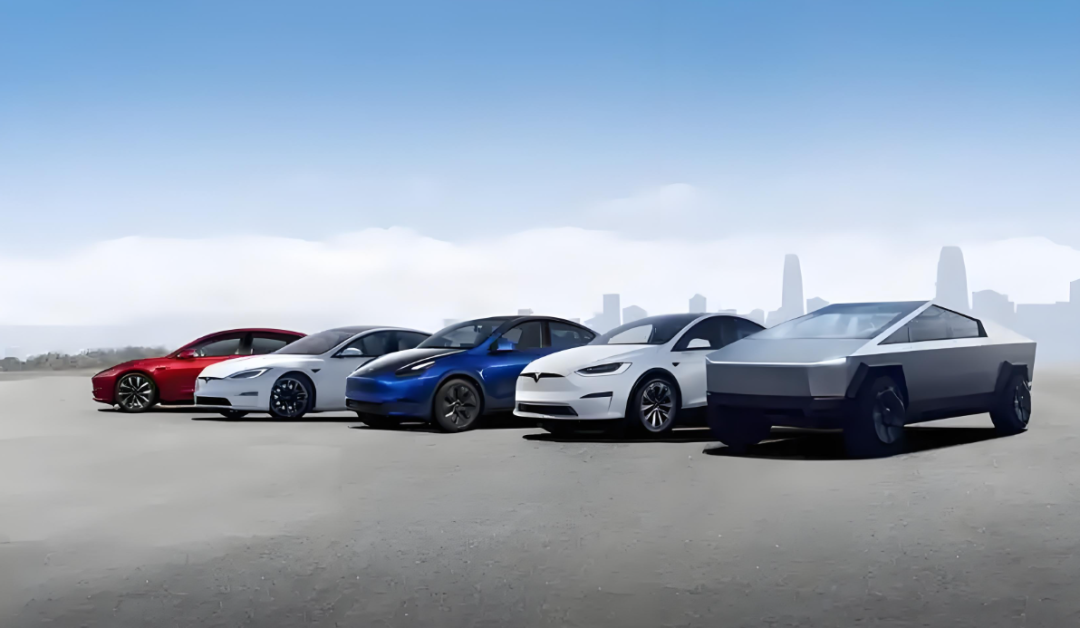
△In the first two months of this year, Tesla's sales in Europe plummeted
Another point that cannot be overlooked is that the EU's delay in implementing stricter carbon emission policies, while giving local automakers a reprieve, may also slow down the investment of these European automotive giants in new energy vehicles. This will further widen the already significant technological gap between them and Chinese automakers. In January 2025, BYD achieved sales growth of 551%, 734%, and 207% in the UK, Spain, and Portugal, respectively, surpassing Tesla's sales in four EU countries. It's worth mentioning that Spain and Portugal have imposed additional tariffs on electric vehicles produced in China in accordance with EU policies, but this has not deterred BYD's expansion in these countries. Another major seller in Europe, MG, saw its sales increase by 36.8% year-on-year. In other words, it has become challenging for Europe to keep Chinese cars out through punitive tariffs. If European automakers don't make a decisive commitment to transformation, it will be difficult for them to catch up with Chinese automakers again. This could lead to European automakers being comprehensively overtaken by Chinese automakers in markets outside Europe, such as the Middle East, ASEAN, and South America.
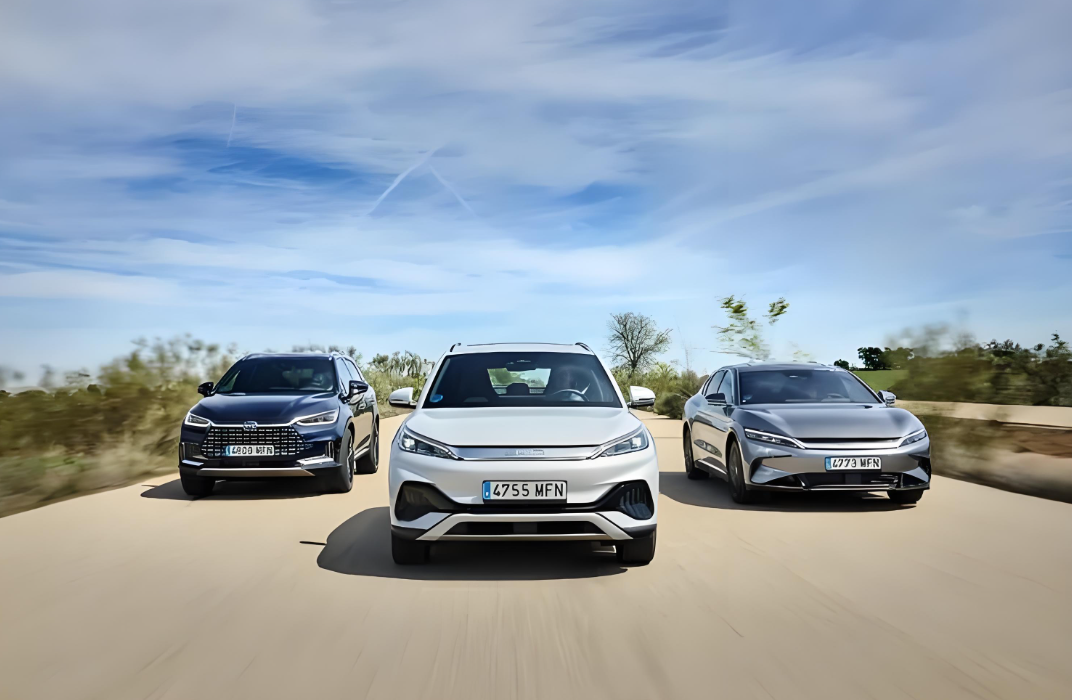
△BYD and MG, among other Chinese brands, are experiencing rapid sales growth in Europe
Commentary
To better protect the local automotive industry and ease the burden on automakers, it's only natural to delay the implementation of more stringent carbon emission requirements. Furthermore, if there are no significant changes, the EU's policy of banning the sale of fuel vehicles by 2035 may also be adjusted. However, frequent policy changes will make it difficult for many automakers to take decisive action and complete their transformation. According to von der Leyen, the EU's (carbon emission) targets will remain unchanged, and European automakers will have a three-year breathing space to achieve these targets. But whether there will be further extensions after three years is uncertain. Therefore, while the current relaxation seems to bring considerable benefits, the future direction is unclear, and it may be preferable to endure short-term pain than long-term suffering.
(This article is originally created by Heyan Yueche and cannot be reproduced without authorization)







